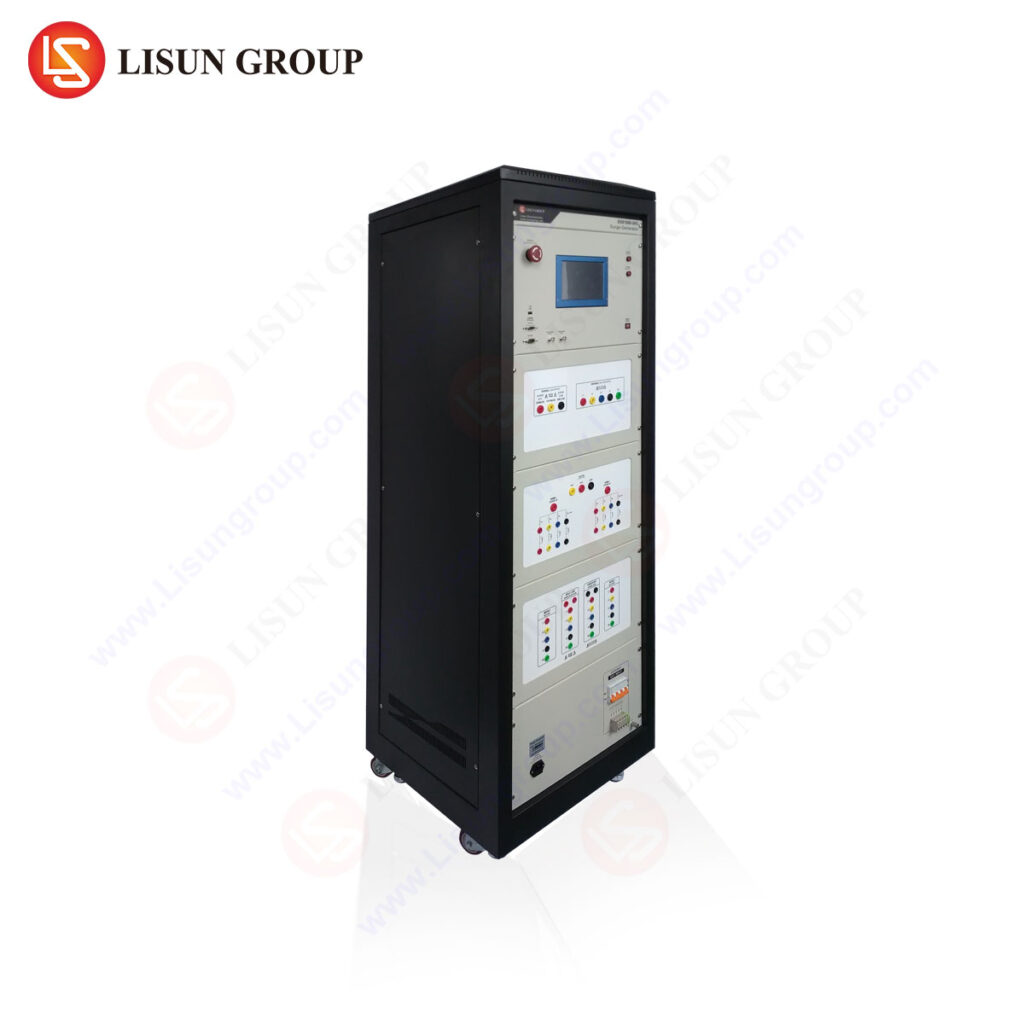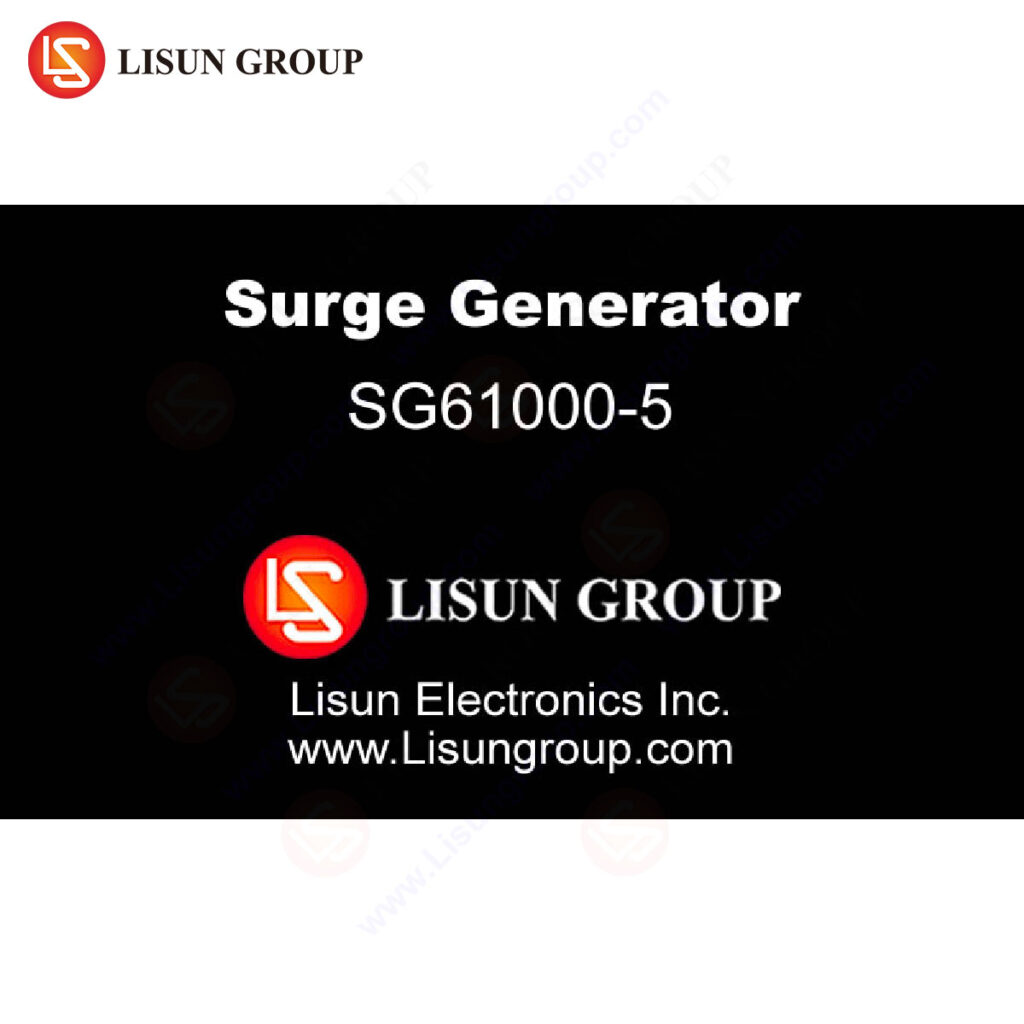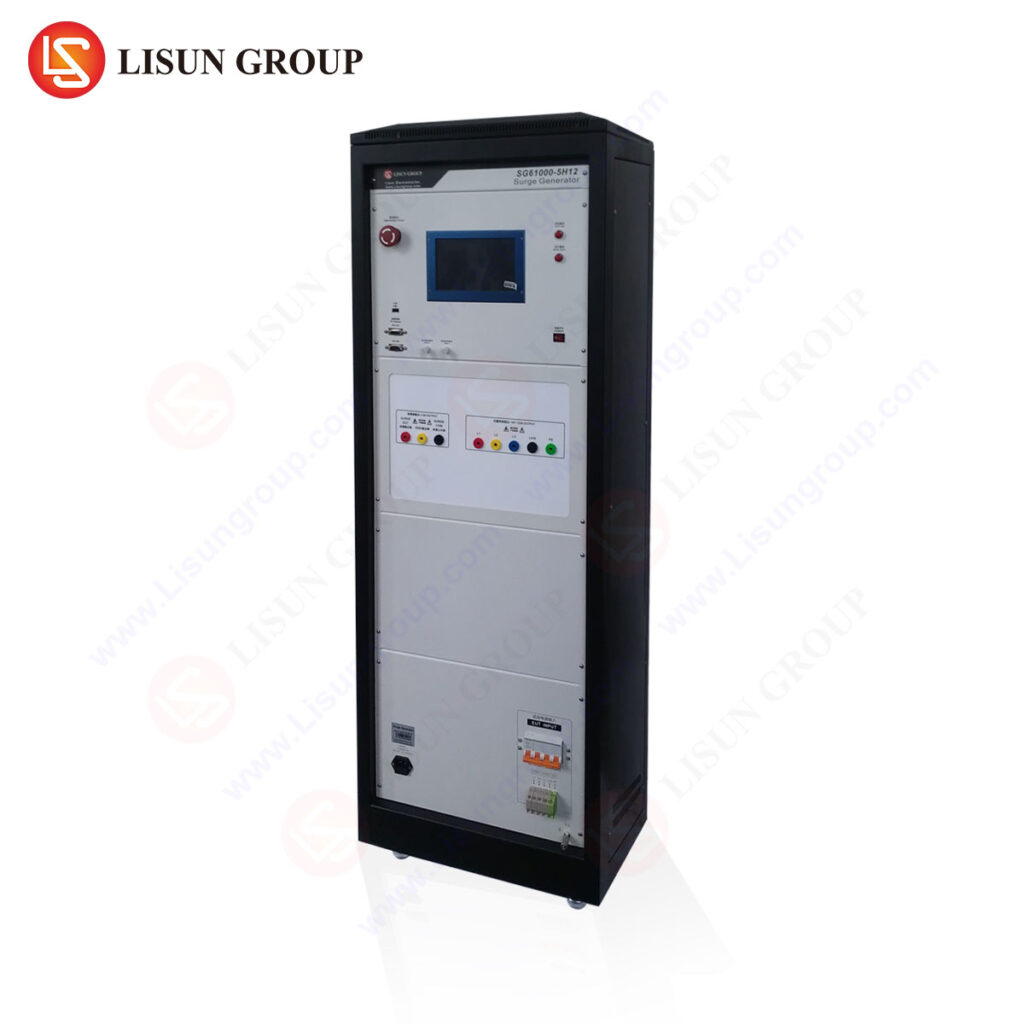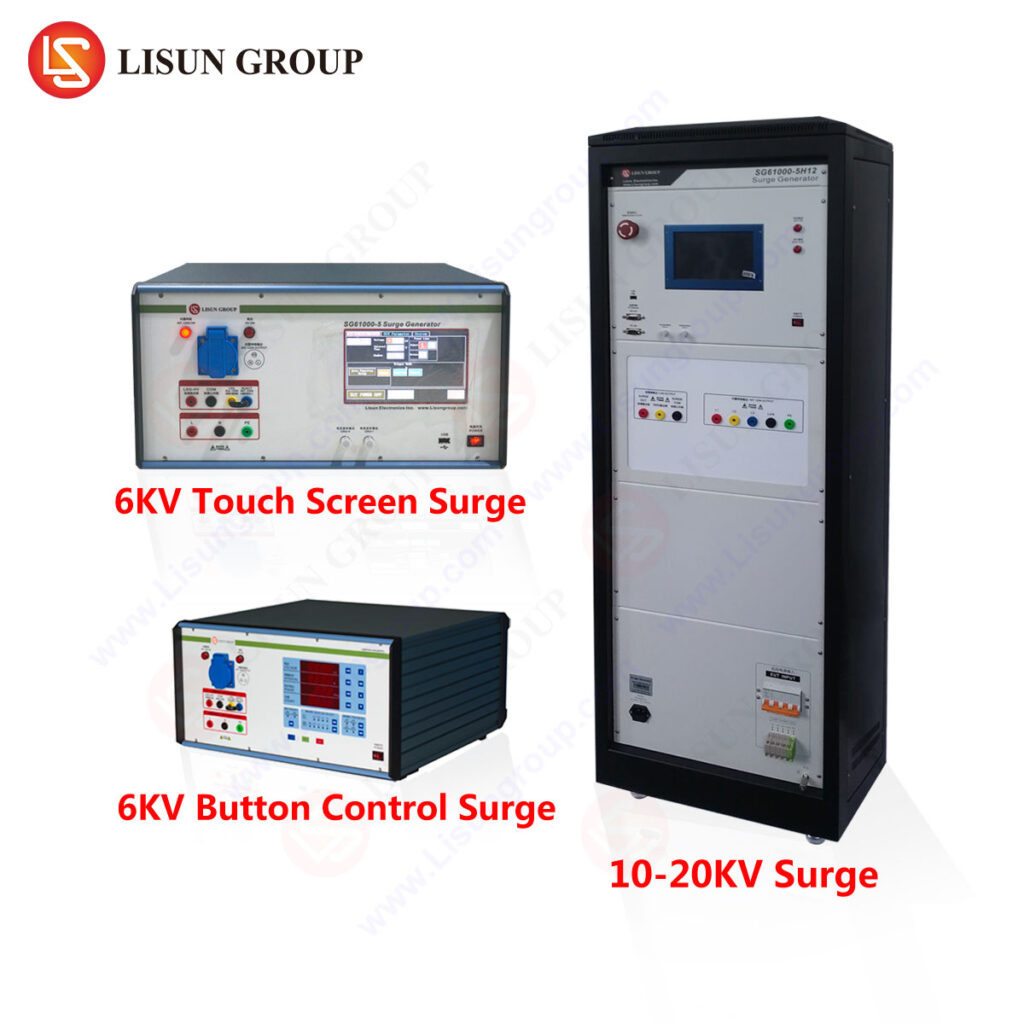Introduction to Choosing the Right Surge generator for LED Testing
LEDs are becoming increasingly popular in the lighting industry, and with that comes the need for testing and verifying the performance of LED drivers and surge protection devices (SPDs). To do this, a surge generator is required to simulate the electrical surges that can occur in the real world. Choosing the right surge generator for LED testing can be a daunting task, as there are many different types and models available. This article will provide an overview of the different types of surge generators available, as well as the features and specifications to consider when selecting the right one for your needs.
Types of Surge Generators
There are two main types of surge generators available for LED testing: AC and DC. AC surge generators are designed to simulate the electrical surges that occur in the real world, such as lightning strikes and power outages. DC surge generators are designed to simulate the electrical surges that occur in the laboratory, such as those caused by switching power supplies and other electrical equipment.
AC surge generators are typically more expensive than DC surge generators, but they are also more accurate and reliable. AC surge generators are typically used for testing LED drivers and SPDs, as they can accurately simulate the electrical surges that occur in the real world.
DC surge generators are typically less expensive than AC surge generators, but they are also less accurate and reliable. DC surge generators are typically used for testing LED drivers and SPDs, as they can simulate the electrical surges that occur in the laboratory.
Features and Specifications to Consider
When selecting a surge generator for LED testing, there are several features and specifications to consider. The most important features to consider are the surge generator’s voltage range, current range, and frequency range. The voltage range should be wide enough to cover the range of voltages that the LED driver or SPD will be tested at. The current range should be wide enough to cover the range of currents that the LED driver or SPD will be tested at. The frequency range should be wide enough to cover the range of frequencies that the LED driver or SPD will be tested at.
Other features to consider include the surge generator’s accuracy, resolution, and response time. The accuracy of the surge generator should be high enough to accurately simulate the electrical surges that occur in the real world. The resolution should be high enough to accurately measure the voltage and current of the LED driver or SPD. The response time should be fast enough to accurately measure the voltage and current of the LED driver or SPD.
Conclusion
Choosing the right surge generator for LED testing can be a daunting task, as there are many different types and models available. This article provided an overview of the different types of surge generators available, as well as the features and specifications to consider when selecting the right one for your needs. When selecting a surge generator for LED testing, it is important to consider the voltage range, current range, frequency range, accuracy, resolution, and response time of the surge generator.
FAQs
Q: What is a surge generator?
A: A surge generator is a device used to simulate the electrical surges that can occur in the real world. It is used to test LED drivers and surge protection devices (SPDs).
Q: What are the different types of surge generators?
A: There are two main types of surge generators: AC and DC. AC surge generators are designed to simulate the electrical surges that occur in the real world, such as lightning strikes and power outages. DC surge generators are designed to simulate the electrical surges that occur in the laboratory, such as those caused by switching power supplies and other electrical equipment.
Q: What features and specifications should I consider when selecting a surge generator for LED testing?
A: When selecting a surge generator for LED testing, it is important to consider the voltage range, current range, frequency range, accuracy, resolution, and response time of the surge generator.




